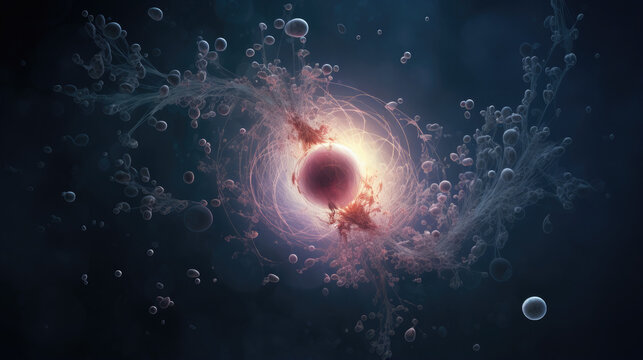The journey of human development begins at conception, when a sperm cell from the father fuses with an egg from the mother. This union creates a single cell called a zygote, which contains all the genetic material needed to form a new human being. Within hours, the zygote begins dividing rapidly, and over the next few days it travels down the fallopian tube toward the uterus, where it will implant into the thickened uterine lining. Once implantation occurs, the growing cluster of cells is called a blastocyst, and it begins the process of forming both the embryo and the placenta.
By the end of the third week, the embryo begins developing a primitive structure called the neural tube, which will eventually become the brain and spinal cord. Around this time, the tiny heart also begins to form and will start beating by about the fifth week. During these early weeks, the major organ systems begin laying their foundational structures. Although the embryo is only a few millimeters long at this point, its development is astonishingly complex — guided by a combination of genetic instructions and a dynamic environment within the womb.
By the end of the first trimester, around 12 weeks, the fetus has formed all of its major organs and body systems, including the beginnings of fingers, toes, eyes, and ears. While still small — about the size of a lime — the fetus is already moving, although those movements aren’t usually felt by the mother just yet. The early stages of fetal development are delicate and foundational, setting the stage for the rapid growth and refinement that will take place over the rest of pregnancy.
